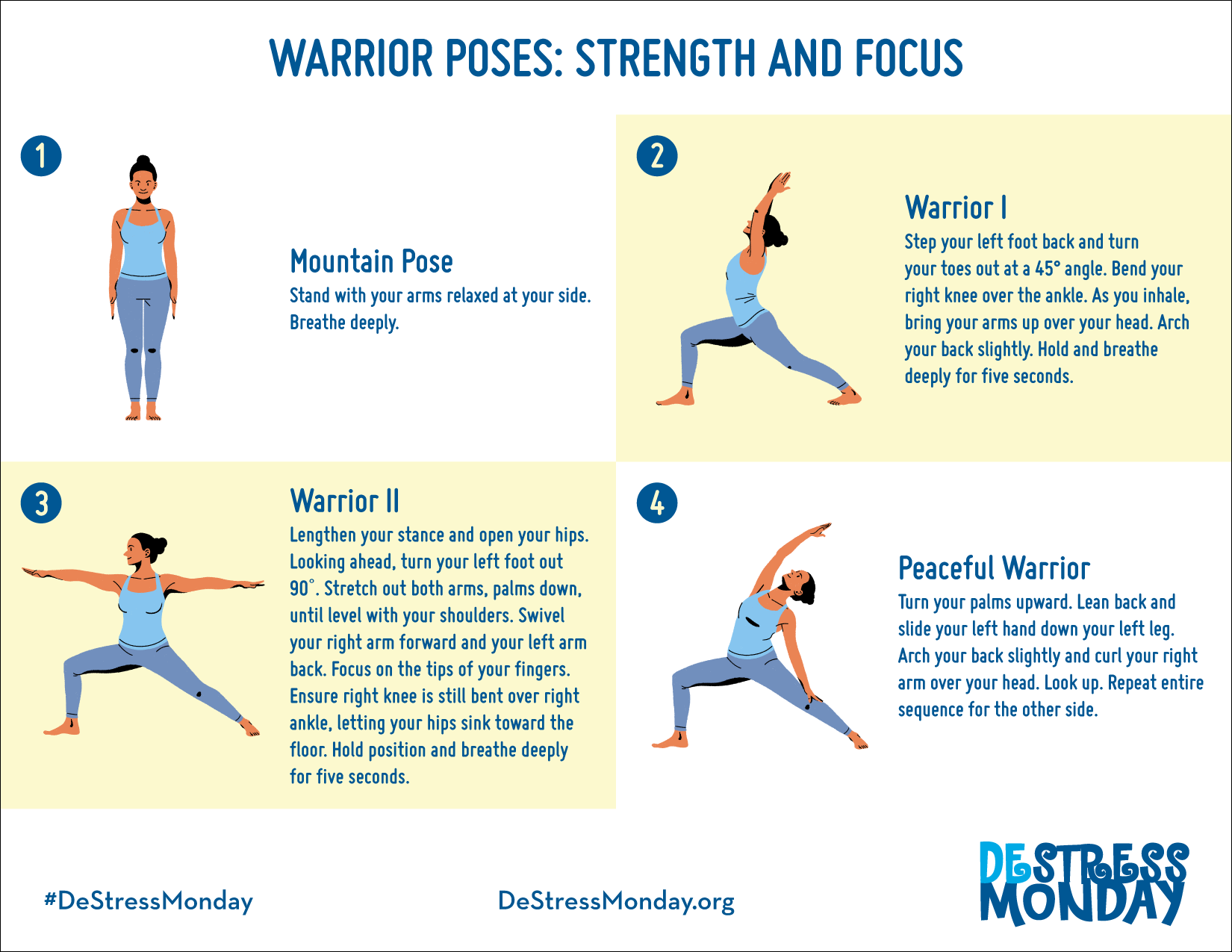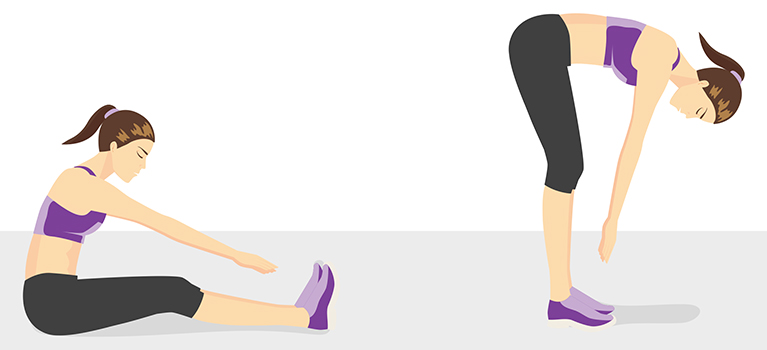
The Yoga Sutras, or Patajali's Yoga Sutras, are a collection 196 Sanskrit texts. The texts were compiled in the early centuries CE by sage Patanjali, who synthesised the wisdom of the older traditions on yoga. These sutras were originally a work in progress. They are now one of the most important resources for practicing yoga worldwide.
The Yoga Sutras have four chapters. The first chapter focuses on enlightenment. Four chapters follow that discuss the journey to the goal. The 52 sutras provide information on the benefits of meditation and kriyas. The 54/55 sutras detail Ashtanga and Karma yoga. The two last sutras describe the benefits of meditation on a regular basis.
Patanjali's Yoga Sutras, which contain 196 verses that form the basis for the practice of yoga, are considered the foundational text in yoga. Though they are believed to date back to 400 B.C., scholars believe that Patanjali was not the creator of yoga, but rather a great expounder of the art. The sutras are divided into five levels called padas.
Samadhi is the eighth limb. This is the highest form of yoga. It is the most important. In the Sutras nirbija–samadhi is also called seedless contemplation. It is when the body is totally separate from the spirit. This is when the mind is completely free from all egos and matter.

Yoga is spiritual practice. The Yoga Sutras are the foundation for it. It is practiced by observing the principles in nature. The three natural qualities of nature are sattva and rajasa. The first and most important is the sattvayama, which is also the most difficult. It is hard to comprehend the purpose and importance of the other three. However, ahimsa stands out as the highest.
The Yama and Niyama are the sections of the Yoga Sutras first book. The first part is a biography, or biography of Patanjali. The yoga sutras (which are the most significant) are contained in the second book. They also provide information on the history of yoga. In addition to the historical background, the sutras include a detailed discussion about the origins of yoga.
In the original text, Patanjali's Sutras are divided into three sections: The Mahabhashya Pranayama and The Bhashya. The Mahabhashya third chapter is an important part of the book. It outlines the theory and practice of yoga and explains the different stages of enlightenment. The fourth chapter is Panini's defense.
During the second half of the book, the Yoga Sutras are the most popular part of the Patanjali-inspired texts. Although the Sanskrit language words are used, the Sanskrit word "sutra" means "thread". The Sutras form part of Hindu Scripture. It is the basis of yoga. Its composition dates range from 250 BCE to the early centuries of the first millennium CE.
Yoga Sutras can be dense, complicated, and difficult to understand in terms of content and language. Due to their difficulty, a comment on the Yoga sutras would be highly recommended. However, it is not essential for the Yoga sutras. There are some disputes over the translations but the text of the Yoga sutras is the core. Some versions use the term “asana” to refer to a single pose, while others may use different versions.

The Yoga Philosophy of Patanjali's Sutras is considered to be one of the most important yogic texts. Studying the Sutras is a great way to learn ancient techniques and practice yoga in the modern age. They're relevant to modern-day yoga. It's up to you to decide how you want to use the Yoga Sutras. The Yoga Philosophy of Patanjali offers many benefits.
A vast array of sacred texts contains Patanjali’s insights. His writings provide insight into the eight limbs that make up yoga, the five types yogi bodies and the five qualities in a yogi’s mind. These Sutras provide inspiration and should be studied. This book will help to understand the basics of Yoga.
FAQ
Do I have to do it every day?
No! Do at least 30 minutes of moderate intensity physical activity five days a week. It means you need to exercise hard enough or walk fast enough that you are slightly out-of- breath.
How quickly can I transform my body?
It all starts by changing your mindset. It is important to first make the decision to change.
Once you've decided to make a change, you must commit to working on your fitness for at least three months.
Then you need to find a program that fits into your lifestyle.
It is important to have realistic expectations. If you're not willing to invest the time and effort required to achieve your goal, then don't buy a gym subscription.
Instead, spend your free time exercising outdoors.
Walk around your block for an hour every day to burn calories and help you lose 1 lb per month.
Now that you know what you're going to do start planning how you will organize your life to fit this new plan.
It is important to set aside time every day for exercise before going to work. You can also take breaks throughout each day to get up and move.
It is important to reward yourself when you reach milestones. You could buy accessories or clothes that reflect your achievements.
What does butter do for men?
Butter is one source of saturated fats. This fat is good for hair and skin health, as well as stronger bones.
Vitamin K in butter also prevents bleeding from cuts, bruises and other injuries. Vitamin K and vitamin B work together to prevent any bruising.
Butter is also rich with minerals, such as calcium and phosphorous. These elements are good for teeth and bones.
Butter does have some drawbacks. Butter contains high levels of cholesterol. A few studies have shown that too much cholesterol can increase the risk of developing coronary disease.
Also, butter is high in saturated fat, contributing to obesity and increased cholesterol levels.
Butter can be spread on bread, but you don't have to dip it into soups or salads if you absolutely must. Bread absorbs less oil than pasta and potatoes.
Statistics
- An estimated calorie range for moderately active adult males falls between 2,200 to 2,800 calories per day, depending on age. (eatright.org)
- Are You One of the 20% of Guys (mh.co.za)
- The PRS enabled risk stratification for overall prostate cancer and lethal disease with a four-fold difference between men in the highest and lowest quartiles (HR, 4.32; 95% confidence interval [CI], 3.16-5.89). (pubmed.ncbi.nlm.nih.gov)
- Cardmembers earn 5% Back at Amazon.com with a Prime Credit Card. (amazon.com)
- Candidates and applicants must pass all four tests at 70% (minimum level) to graduate from Basic Deputy U.S. Marshal (BDUSM) Training. (usmarshals.gov)
External Links
How To
What should I eat before a workout?
For weight loss, you should eat fewer calories per day than you burn during exercise. All your nutrients must be consumed.
This includes protein, carbohydrates fats, vitamins and other nutrients.
The best way to achieve this is to eat smaller meals throughout a day rather than three large meals.
You might perform less well if you're too hungry while working out.
You could try drinking water instead of energy drinks which contain caffeine and sugar. This helps keep you hydrated and energized.
Make sure to drink enough fluids. Your electrolytes could be diluted if you drink excessive water.
Electrolytes are essential for the body's proper functioning.
You can drink sports drinks if you don’t have access water. They can be rich in minerals like sodium, potassium or calcium.
These electrolytes can be replenished by this method. These won't, however, replace the sweat you lose from exercising.
You could also consider taking a multivitamin tablet if you are concerned that you might lose too much salt from exercising.
These products contain more vitamin B6, which regulates the level of sodium in the body.
However, you shouldn't rely on supplements if you don't know how much salt you're getting from food and beverages.
They aren’t regulated under the Food and Drug Administration.
One example is that some sports drinks contain more sodium.
Some sports drinks may contain artificial sweeteners or other preservatives. These additives could cause digestive issues.
If you are worried about too much salt, you could try sea salt.
It has fewer chemicals than table salt.
Sea salt also has low levels of iodine which is another mineral that is essential for healthy thyroid function.